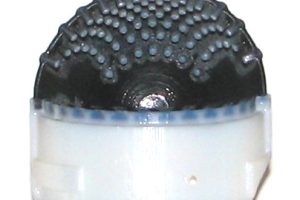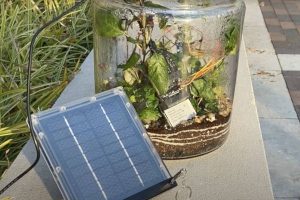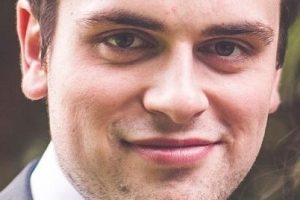Researches at the University of Bristol have created an artificial fingertip that produces signals that appear to mimic human touch nerve signal. “We found our 3D-printed tactile fingertip can produce artificial nerve signals that look like recordings from real, tactile neurons,” according to Bristol’s professor of robotics Nathan Lepora. “Human tactile nerves transmit signals from various mechanoreceptors, which can signal ...
Research
The latest electronics research news from within the industry and universities from around the world.
Synopsys and Juniper Networks form new player in silicon photonics market
There will be a new player in the dynamic silicon photonics sector, as Synopsys and Juniper Networks announce a partnership to form a new, separate company, with Synopsys as the majority owner. As yet, unnamed, the company will offer an open silicon photonics platform (integrated lasers, optical amplifiers) and photonic components. The companies believe that this platform will lower the ...
Micro:bit rides through brown-outs to teach energy harvesting
To teach children about programming processors that are powered by energy harvesting, Northwestern University engineers have made the Micro:bit educational computer power-aware and self-backup-ing. Three things are required: a modified version of Microsoft’s drag-and-drop MakeCode programming environment, an energy harvester such as a solar panel, and an SPI FRAM chip – the team is using Adafruit’s ‘SPI non-volatile FRAM breakout’ board. The Northwestern ...
Single crystal graphene grown on sapphire
Researchers in Saudi Arabia have grown wafer-scale single crystal graphene on insulating substrates. “If graphene can be grown on an insulating substrate with a clean interface, certain devices might function better,” said project scientist Bo Tian of KAUST – the King Abdullah University of Science and Technology. “This also opens the door to new types of graphene-based nanodevices.” The technique ...
Some neural networks will always be unreliable
Some neural networks can exist, but cannot be trained to be reliable, according to mathematicians at the Universities of Cambridge and Oslo. “The paradox identified by Turing and Gödel has now been brought forward into the world of AI” Matthew Colbrook (right) “Many AI systems are unstable, and it’s becoming a major liability, especially as they are increasingly used in high-risk ...
Large sky blue perovskite LED, perhaps for lighting
Large-area sky-blue perovskite LEDs have been created at the University of Science and Technology of China (USTC) of the Chinese Academy of Sciences. The precursor, a CsPb(Br0.84Cl0.16)3 solution using a custom solvent blend, was blade-coating onto a substrate where the substance crystallised into grains – halide amine additives controlled he growth of perovskite grains and passivate the traps. “They partially replaced dimethyl ...
ADI invests €100m in Limerick
Analog Devices is to invest €100 million in a Europen research centre in Limerick, over three years. ADI Catalyst will be a 100,000ft2 custom-build its campus on the Raheen Business Park in Limerick. “ADI Catalyst is a state-of-the-art collaboration accelerator where ecosystems of customers, business partners and suppliers engage with ADI,” according to the company. “This latest phase of expansion will ...
More letters to the DNA alphabet mean more data storage
Researchers in Illinois have added seven new molecules to the four usually found in DNA, expanding the palette for potential data storage applications. DNA contains four nucleotides: adenine, guanine, cytosine and thymine (aka A, G, C and T), which arrange into the famed double helix. The patterns they form store the code for making living organisms and has been known ...
Passive radiative cooling improves high-end solar cells
Pusan National University in Korea is increasing the efficiency of solar cells by bouncing heat back into the sky. “Standing in the sun all day, solar cells often become very heated,” according to the university. “Over time, this degrades them and lowers their power-conversion efficiency. Integrating radiative coolers can solve this problem without energy consumption.” The Prusan cells are being ...
Flexible stretchy supercapacitors
The University of Surrey has created a flexible and stretchy supercapacitor “that can be easily integrated into footwear, clothing, and accessories”, it said. Building one involves transferring aligned carbon nanotube arrays from a silicon wafer over to a PDMS (polydimethylsiloxane) layer in which they are partly embedded. Polyaniline is then polymerised onto the surface of the nanotubes. In capacitors made from ...
 Electronics Weekly Electronics Design & Components Tech News
Electronics Weekly Electronics Design & Components Tech News



